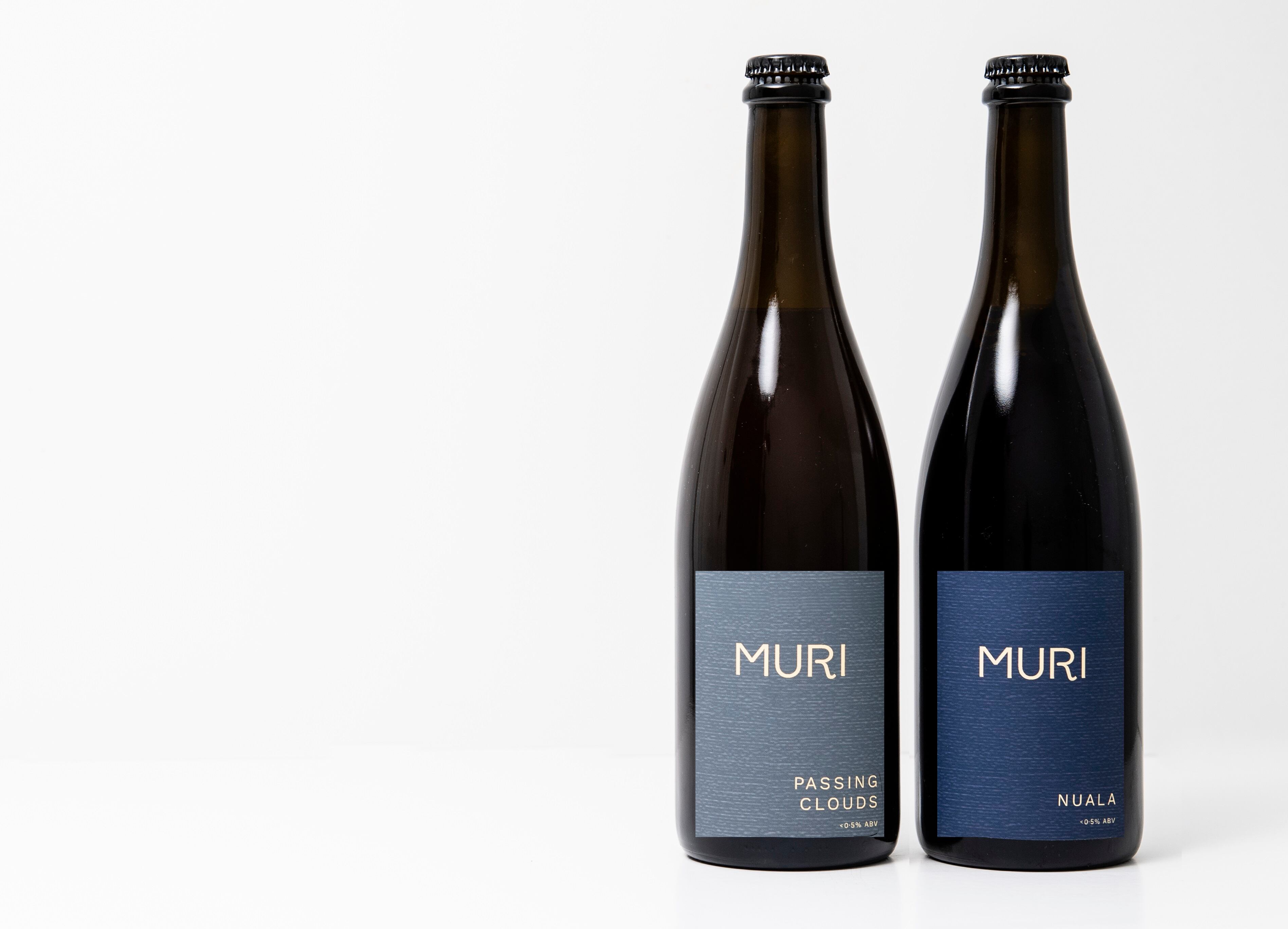The expense of products is the biggest hurdle: with 16% of consumers surveyed highlighting this as an issue. Around 14% of consumers say they consider products poor value for money; 11% don’t believe there’s any health benefits to choosing low/no alcohol; while 11% say they can’t find products.
The insights come from the new Lumina Intelligence Low2No Alcohol Report 2021, which was launched at the inaugural Low2NoBev show from BeverageDaily publishers William Reed in London earlier this month.
On-trade and off-trade motivations differ
In the on-trade, the key driver to purchase is ‘if I am driving’, with one in five consumers citing this motivation. This is followed by product appeal (highlighted by 8% of consumers), which is the most important motivation for buying Low2No in the on trade in London – reflecting both lower car ownership as well as a more developed Low2No offer in the capital.
Other reasons for purchasing low or no alcohol products in the on-trade are that the product was part of a promotion (6%); consumers are looking to reduce calories (6%) and the desire to avoid a hangover (6%).
Within the off-trade, the primary motivations for buying Low2No are experimentation and health, with 12% of consumers citing a desire to try something new and the same proportion wanting a healthier option. Driving is a less important factor than in the on trade at 10%.
Supermarkets are key for driving the category, both as the most common place that consumers first purchase the category and also as the main channel used by those purchasing the category frequently. Around 43% of consumers most regularly visit a supermarket to purchase Low2No products, whereas 11% choose supermarket online, 10% a pub, 8% a convenience store and 8% a discounter.
Blonnie Whist, Insight Director at Lumina Intelligence said, “The Low2No category continues to see tremendous growth, with supermarkets playing a pivotal role in driving awareness of the category as the most common place for the first purchase. We have seen some really innovative examples of retailers and operators within other channels really getting behind the category and offering a comprehensive range that drives interest in Low2No: however it is clear that there remains a significant untapped opportunity.
“Price and visibility remain the main barriers to consumers purchasing more Low2No products. The category continues to evolve with exciting NPD regularly hitting the market, however retailers and operators need to play their role by making the category as visible as possible on shelves in-store, behind bars and on menus.”
When it comes to the challenge of price, Whist says the answer is not necessarily bringing this down – but making sure consumers feel the price tag is justified.
“The quality of NPD hitting the Low2No market has vastly improved over recent years. Many brands offer the same taste and flavour experience as their alcohol full counterparts, but are much healthier and have fewer side effects. Should a lack of alcohol result in a cheaper product? Not if it offers the same quality and full flavour. Brands, retailers and operators need to work hard to educate consumers on the benefits of Low2No products, as well as the process in which the drinks are brewed, which in most cases justifies the price point.
“The Low2No alcohol category is growing, but there is still so much untapped opportunity. Brands need to work closely and support the on and off trade to ensure the category is as visible in stores, behind bard and on menus.”




